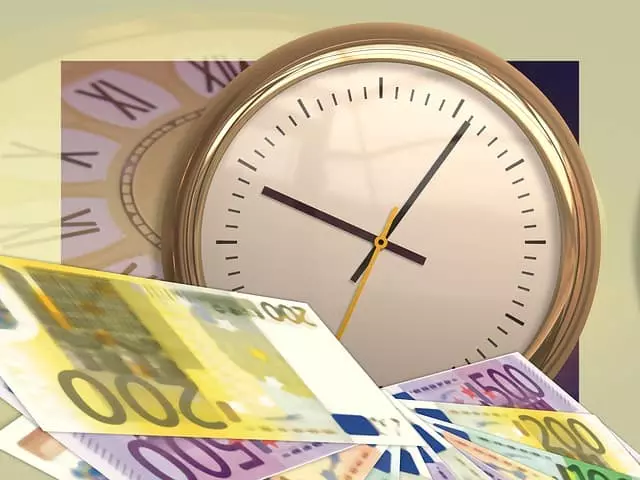Money makes the world go around and in the digital age making quick cash transfers to other parts of the world is more or less instantaneous, particularly with companies such as Currency Fair making it easy. However, paying people in different currencies is by no means a new thing. When you think about it, our ancestors were doing this long before the ‘money’ system as we know it today evolved.
Bartering: the origins of exchange
Way back in 17000 to 9000 BC, general public bartered goods or services against good and services. The system came into problems when people got selective about what they wanted from the other person. As a result of identifying this problem, an essential commodity based system was introduced, using everyday items that people definitely needed.
Early coins
As early as 5000BC, metal objects were used to represent money. This is because many items used in trade and barter were either big and awkward to carry, or easily perishable.
The coins became more refined in their aesthetic as the idea increased in popularity, and around 500BC India, China and Turkey began manufacturing coins for the payment of goods.
Other countries followed suit, and used different metals for different values of coin.
Testing metal
Some precious and rare metals began to be used around the world, which created the desire for trade and exchange. Currency exchange now came into effect, as merchants could command different values for the most unusual metals.
Leather notes
In about 118BC, the first version of a paper banknote was crafted from leather in China. Measuring about a square foot, this was not small, and had interesting patterns etched on it. This led to the inception of paper notes, which began to effectively devalue money around 800AD.
This is where exchange started to be backed by the government.
Records from 1704 show an exchange rate being created between England and Holland.
In the eighteenth and nineteenth centuries, the paper money came to be equivocal to a certain amount of gold, which gave value to a valueless concept. Gold became the standard for representative money. By 1913 almost half of trade was conducted using Pounds Sterling.
From here the complexities in foreign exchange began to emerge, contributing to the economy as we know it today. With the evolution of bitcoins, there are now currencies which exist purely theoretically.




